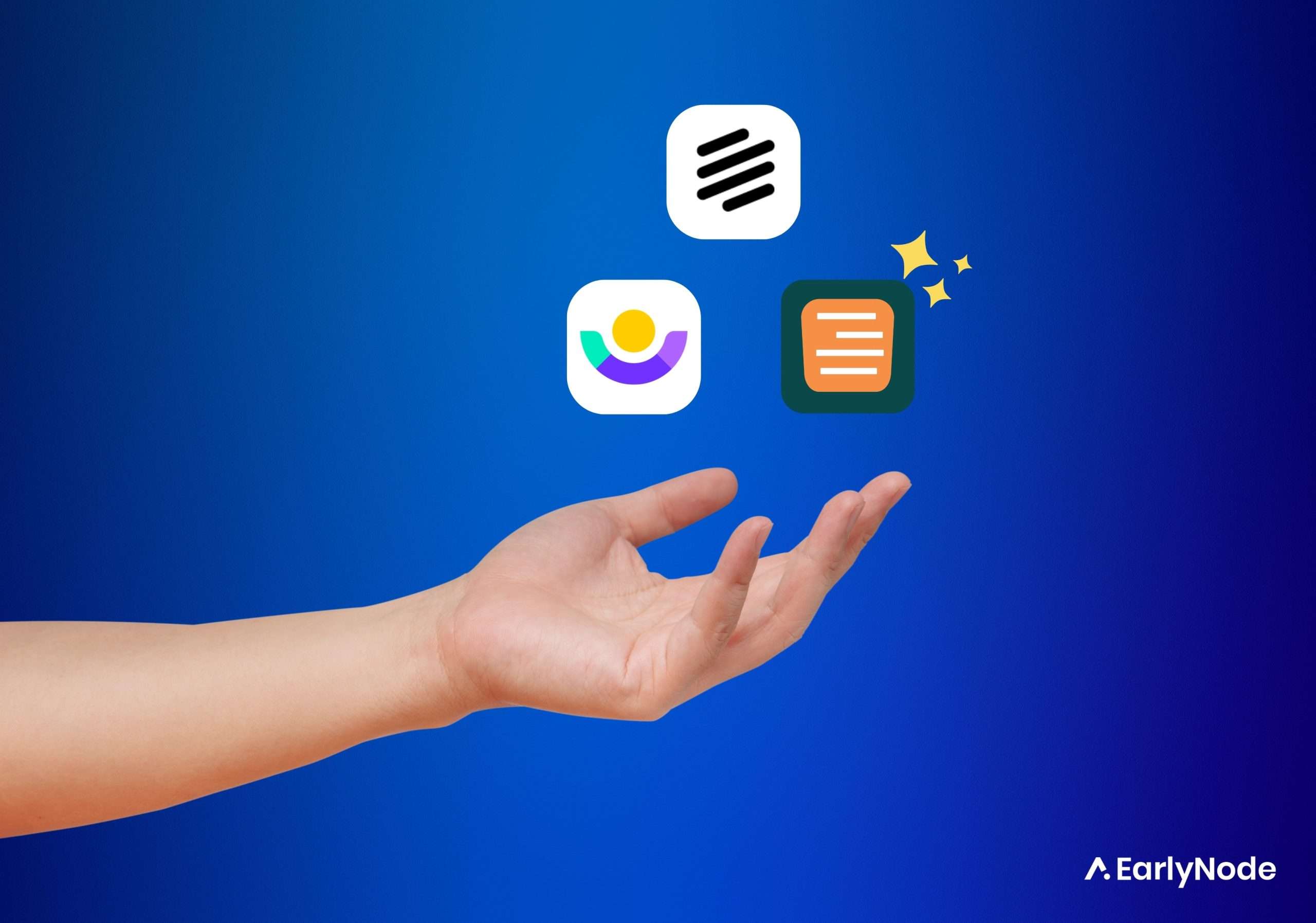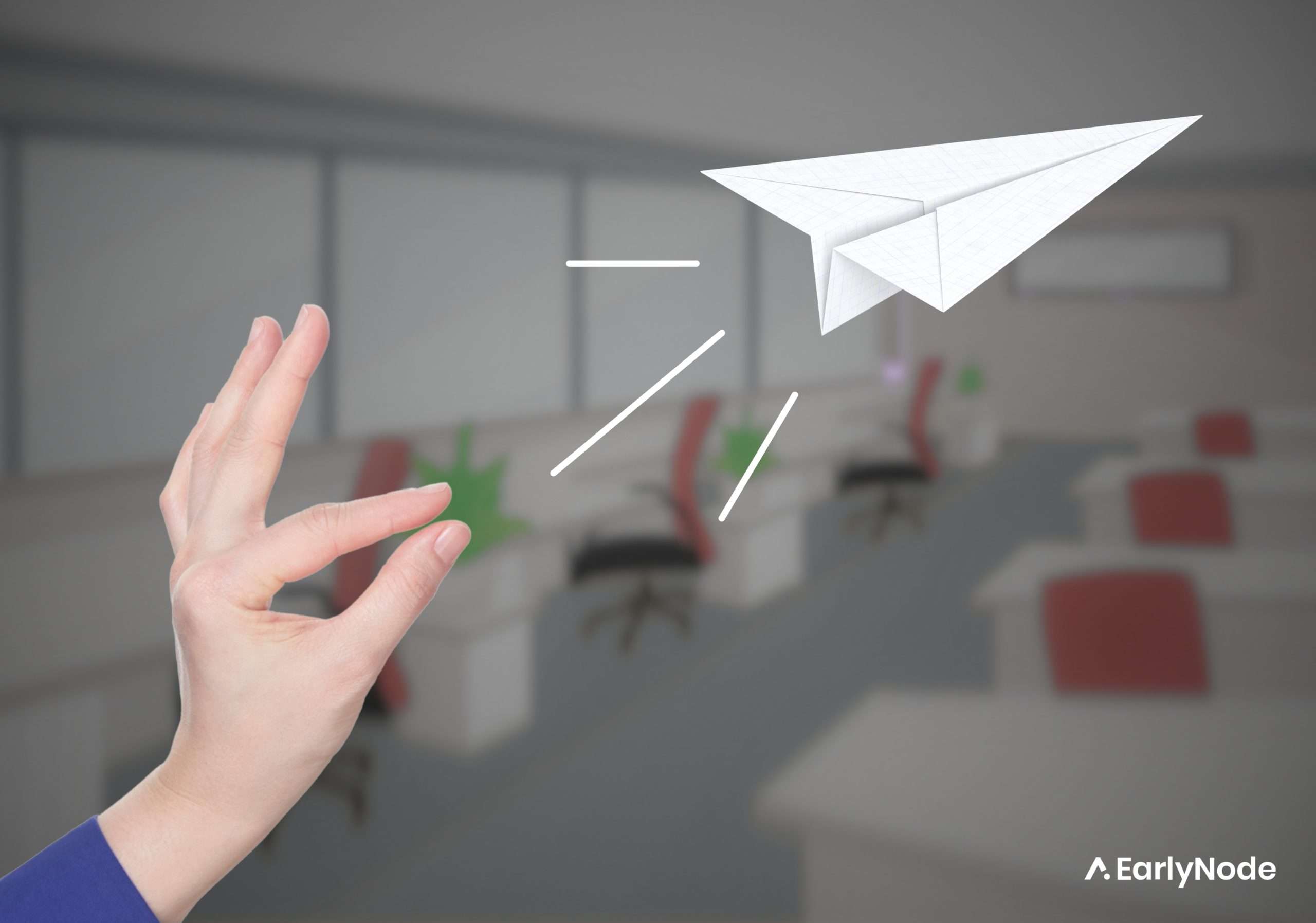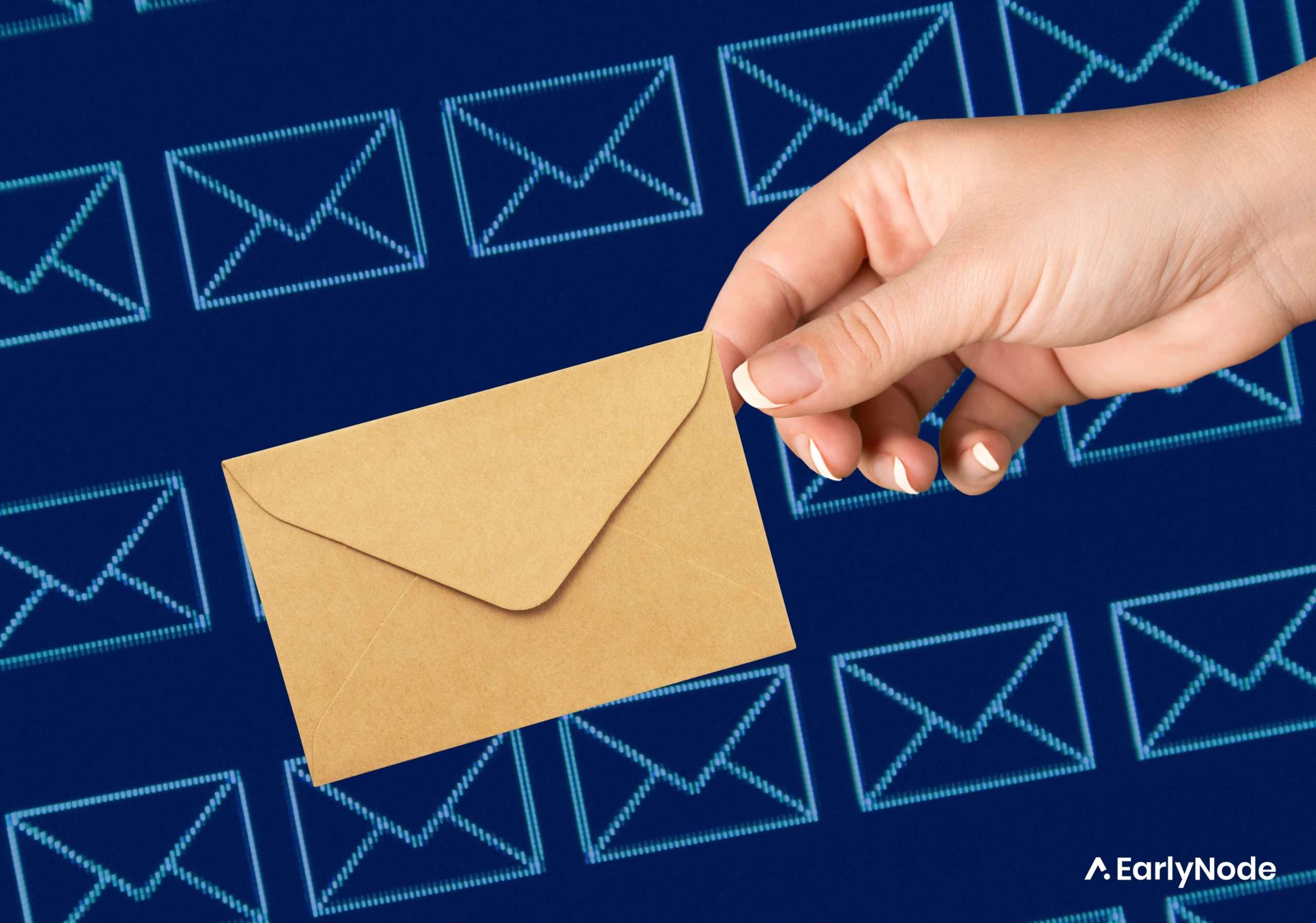Guide: How to master New Feature Announcements in SaaS
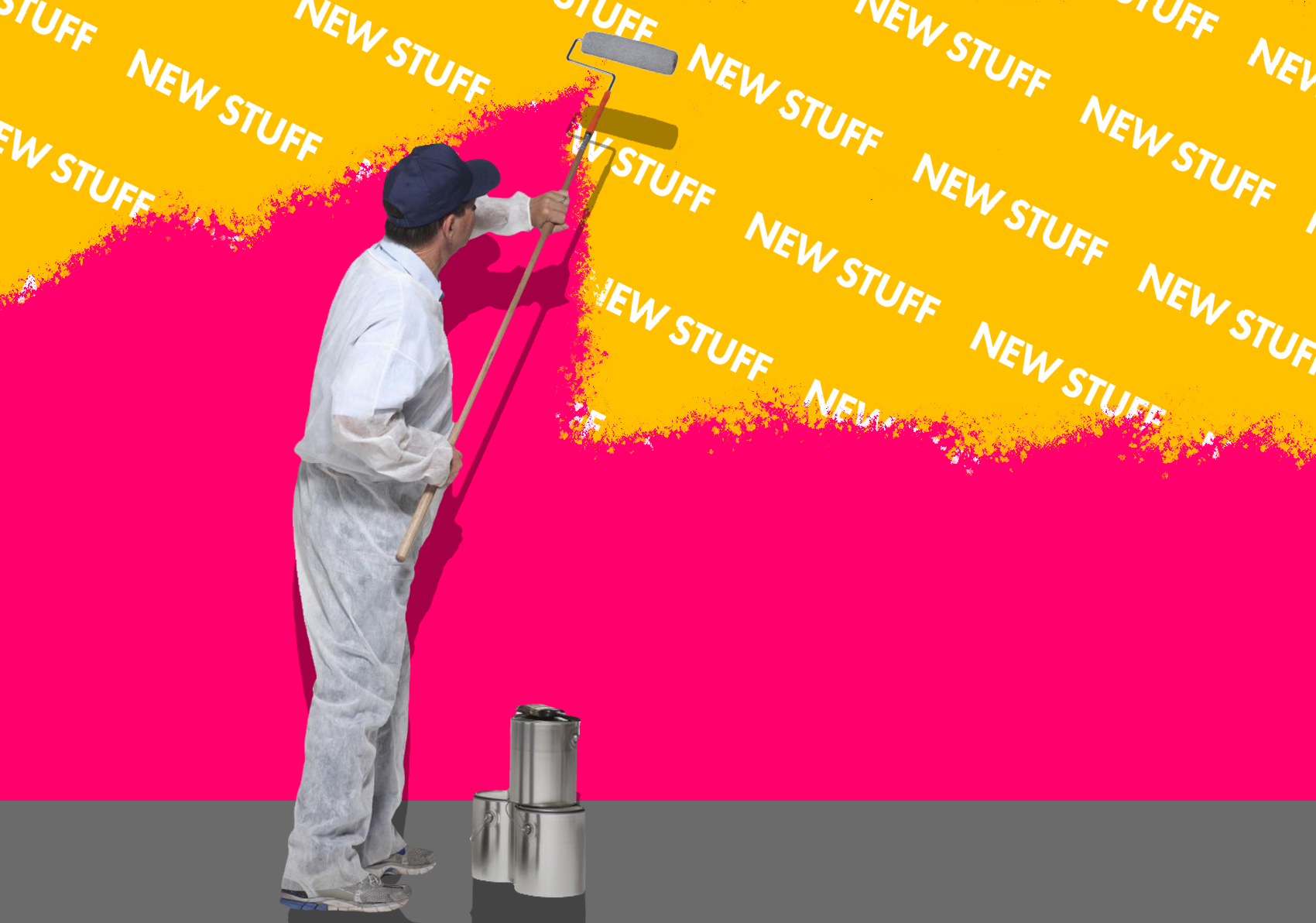
One of the most frustrating things as a startup is doing deep research on a feature and spending weeks building it.
Then when you finally launch it…crickets. Adoption is close to zero.
That’s why it’s important to announce new features to customers. Why? Because if your customers don’t hear about it, it’s almost like it never happened. The real value is only experienced when they know what new capabilities you offer and they use them.
This guide will show you how to make announcements to get your users excited about your new features and drive adoption.
TL;DR
- Segment your user base to make sure announcements are relevant to the right user.
- In-app changelogs can engage active users through contextual announcements.
- You can use email to re-engage users outside of your SaaS app.
- Use visually appealing elements and strong, value-based copy to make your announcements catchy and interesting.
- Major feature releases can be publicized through PR, launches on Product Hunt, and splashes on social media.
What is a new feature announcement?
When we talk about a new feature announcement, we’re basically talking about the steps you take to let both new and existing users in on the latest product changes. The idea is to get them excited about using these new features (and also to remind them of the effort you’re putting in to make their job easier).
Feature announcements aren’t reserved just for the big feature launches. Even small bug fixes, improvements, and minor features deserve their moment in the spotlight. You can spread the word about these changes through an email, changelog, an in-app popup, or even a post on social media.
Now, let’s talk about why and how you should announce your features.
Importance of new feature announcements
Announcing new features might feel like a drag, but it’s a small task compared to the effort you put into building that feature. It could have a big impact on customer satisfaction and even help reduce churn. This is what you stand to gain by announcing new features the right way:
Increases product adoption
When you show your customers how a new feature makes their work easier and better, it drives them to adopt that feature more quickly. They, in turn, find more value in your product and keep using it. The result? Lower churn rate and more revenue.
Higher customer loyalty
Users love a company that listens to their requests. If they keep seeing the same old problems and nothing is being done, they might just drop your product altogether. Customer experience is crucial, and customers are not that forgiving when it comes to products that don’t evolve.
Feature announcements show that you pay attention to customers’ feedback and are thoughtful of their concerns. That can boost their loyalty. It could even keep them from turning to competitor products with more features than yours.
Attracts new users
A properly planned feature announcement is a great excuse to make a public splash about your product. Posting on social media and product platforms like Product Hunt could catch the attention of new prospects. If you can demonstrate how your features could solve their problem, it will encourage prospects sitting on the fence to try your product.
Plus, a brand that’s constantly striving to please and improve is an attractive proposition for new users.
Re-engages inactive users
Some trial users churn because your product didn’t have certain features they were looking for. Others simply become inactive. If these churned and inactive users are still on your mailing list, it’s an opportunity to re-engage some of them by sharing the news about your new feature.
If it meets their needs, they may be ready to sign up and become a paying customer.
So now we know how important it is to announce your new features. But you won’t get any of these benefits unless you do your announcements right. How do you get the desired effect? Well… 👇🏼
Best practices for announcing new features
#1 Approach each type of feature announcement differently
Some features and product updates are more valuable and require more investment than others – that includes the time and attention you and your readers invest in your announcement.
For example, it wouldn’t make sense to send an entire email just to inform users of bug fixes, even if it’s good to know. Typical PMMs use 3 different approaches to feature announcements based on their importance.
#1 Improvements and maintenance announcements
These regular minor releases focus on smaller improvements and bug fixes. Explanations are simple, brief, and clear, and they don’t need to include visuals. Updates in this category are usually announced on a standalone changelog page.
#2 Minor feature releases
Smaller features need more noise than bug fixes, but they’re not so important that they need a PR push. They’re usually announced via in-app notification feeds, blog posts, emails, and social media.
#3 Major feature releases
These features are the game-changers. They’re the ones that bring the most value to your users. So you need to make a big splash when they’re due for release. Email, social media, blog posts, ads, press releases, and even launches on Product Hunt are the go-to channels for these features.
Use highly engaging visuals; your copy should be exciting enough to make people want to try it out. They’re also an amazing opportunity to attract new customers to your product.
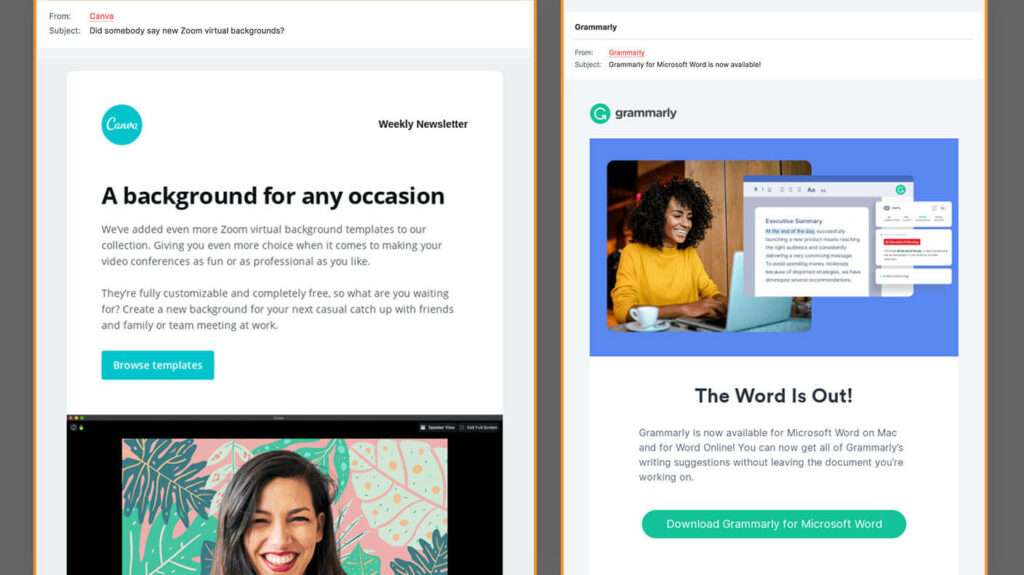
#2 Segment existing users
Customers use your product differently. Some use certain features more than others. Others might have specific in-app roles assigned to them. So, not every update will be relevant to everyone.
In fact, sending the same announcement to your entire user base could even negatively impact interest in any of your future announcements.
Segmenting ensures you send a tailored message to the users who will find it most relevant. You can do this by creating user personas. For example, you can send a message to only those with admin roles.
You can get the info needed to create personas during user onboarding or through user research. For example, after signup, you may ask a user for their job role, function, or department.
Common examples of user segments include:
- Job role
- Account role (e.g., admin, regular user, etc.)
- Department
- Industry
- Geo location
- Language
#3 Select the right channels
We’ve covered how to approach announcements based on the type of feature update. Another factor to consider is which channel is most appropriate for a particular update. Announcing your features through multiple channels is the best way to reach both your active and inactive users.
The most popular channels to use include:
- In-app messaging: Ideal for announcing features and prompting users to take action while they are actively using your product. It’s the most effective way to announce features in SaaS. For best results, give an overview of the update, then link to the in-depth details.
- Email: Ideal for when you want to reach users who aren’t active in-product.
- Blog posts: When you want to provide more detail about the feature, such as new use cases.
- Changelogs: When you want to create a permanent asset to share with existing customers and a place to link to/refer to from everywhere else.
- Social media: When you want to attract new leads with your feature update.
Other channels to consider include user groups and community forums such as Discord, Product Hunt, and Reddit.
It’s one thing to reach the right users through the right channels, but without the right copywriting, you still won’t drive the message home.
Messaging techniques to drive feature adoption
The way you word and structure an announcement has a big impact on how your readers receive your message. Here are some copywriting and design best practices to apply:
- Benefits over features: Consumer psychology shows that crafting your messaging around how a feature gets the job done (instead of just describing the feature) makes it appear more valuable in your users’ eyes.
- Use eye-catching images, gifs, screenshots, and videos to help users better understand the update.
- Keep a consistent brand design across your announcements.
- Add a single CTA to tell the user what action to take after reading. It’s a good idea to use words consistent with your brand tone.
Channels For Feature Announcements (with real-life examples)
Let’s look at the ways you can reach your users with your feature announcements.
In-app announcements
When to use: When you want to promote major features and prompt users to perform an action while actively using your product.
In-app popup messages or in-app changelog widgets appear while the user is in the app. They’re the most effective way of announcing SaaS product updates. There are more than 5 types of in-app messaging widgets. Below are 2 common examples.
Tooltips
These provide contextual in-app guidance to users about a feature but don’t always explain the whole workflow. Tooltips offer additional explanations when a user hovers over them. Below is an example from Loom:
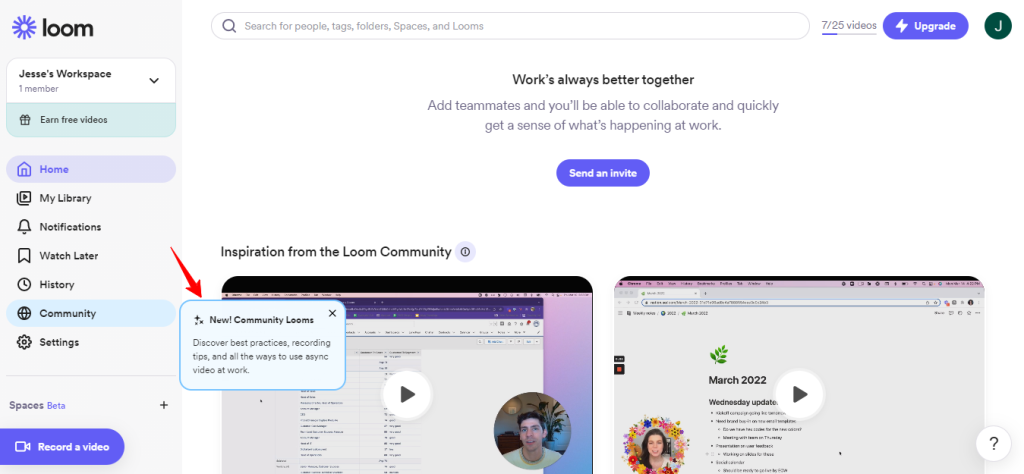
Notification feed
Notification feeds are a typical in-product destination where users can get real-time updates about a product or an app. It also aggregates updates from the past, so the user can see all of the improvements or changes that have been made recently in one place.
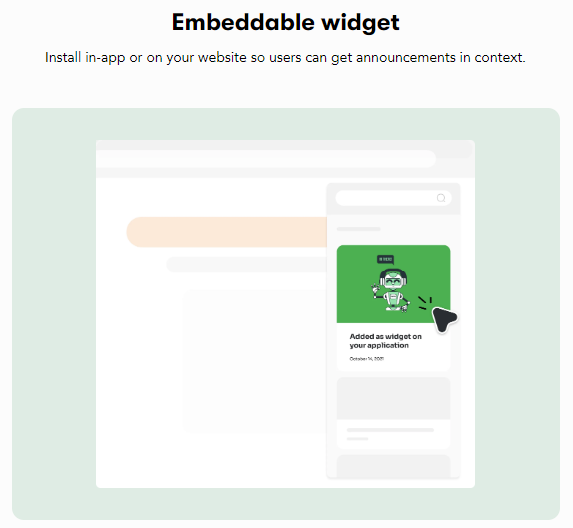
In-app messaging is very effective because it is contextual and actively engages users at the time when they most need that information. In fact, according to a study, it boosts user engagement and retention by 3x. This will certainly help drive feature adoption.
Changelog site
When to use: When you want to create a permanent asset to share with existing customers.
A changelog site lets you publish release notes to inform users about your latest updates in a public destination. To optimize your changelog site, you should publish release notes that are easy and interesting to read for any user. You can do this by using visually appealing elements like screenshots, gifs, emojis, and videos.
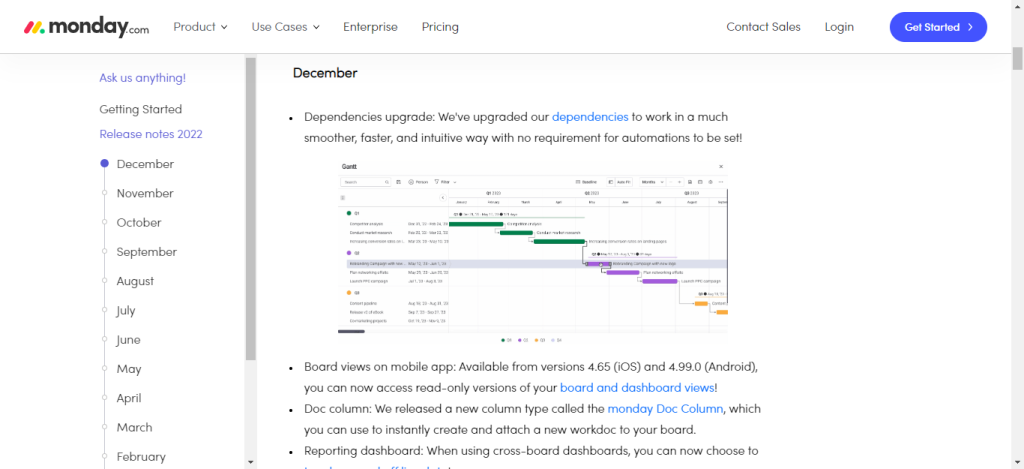
When to use: When you want to reach users outside of the product experience.
The advantage of email is that you can use it to reach people outside your app, including prospects and inactive users, and drive them back to it. The downside is that not all users will open and read the emails (less than 20%), and some might opt out of email communications as a whole.
You can optimize email open and click rates with engaging subject lines and apply our recommended messaging techniques to keep readers engaged and reading to the end.
Email is effective in promoting major feature releases. Here’s an example of how Anima highlights the value of its new feature:
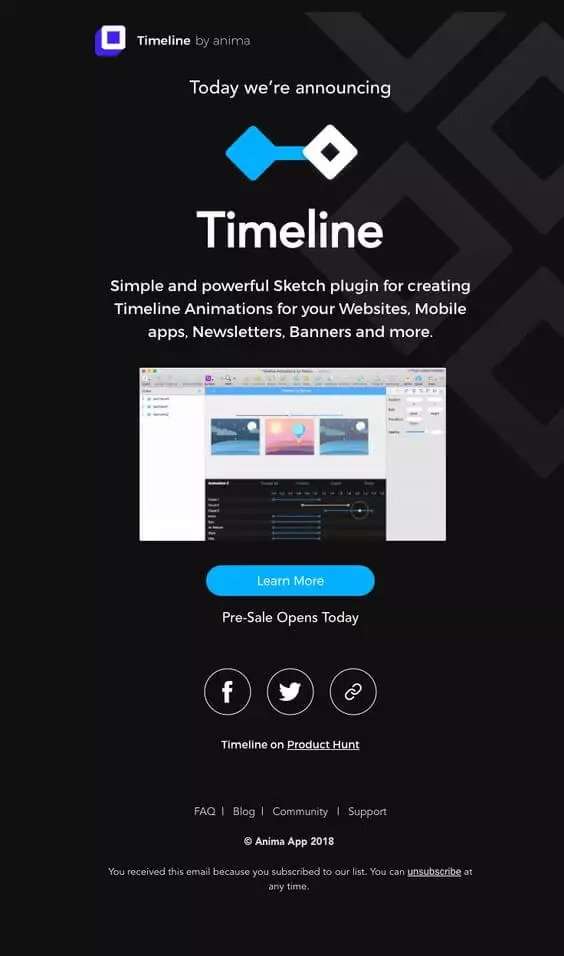
It’s brief and gets to the point, so it doesn’t ask readers for too much of their time, but there’s a big, eye-catching ‘Learn More’ button for those who are interested. That button is in fact, a very well-worded CTA.
The design highlights the name of the feature. And words like ‘simple’ and ‘powerful’ communicate the value succinctly. They also use the word ‘your’ to engage the reader directly.
Blog posts
When to use: When you want to provide more detail about use cases and real-life examples of how the feature can be used.
Your site blog is a primary real estate to showcase what’s new about your product. You can use it to highlight how your new features solve prospects’ pain points to attract new customers. It also works well for announcing improvements and small feature releases.
Some best practices include:
- Write multiple posts: One for a general overview of the product, another (or several others) to highlight specific use cases and examples.
- When you describe your features, be sure to link them to how they address particular pain points.
- Add visuals to make the announcement reader-friendly and provide more context.
- Write for SEO. A blog post is great long-form content that can be leveraged to capture search traffic.
- Include a CTA to direct users to explore the new feature.
Here’s a good example from when Calendly introduced its new Analytics feature.
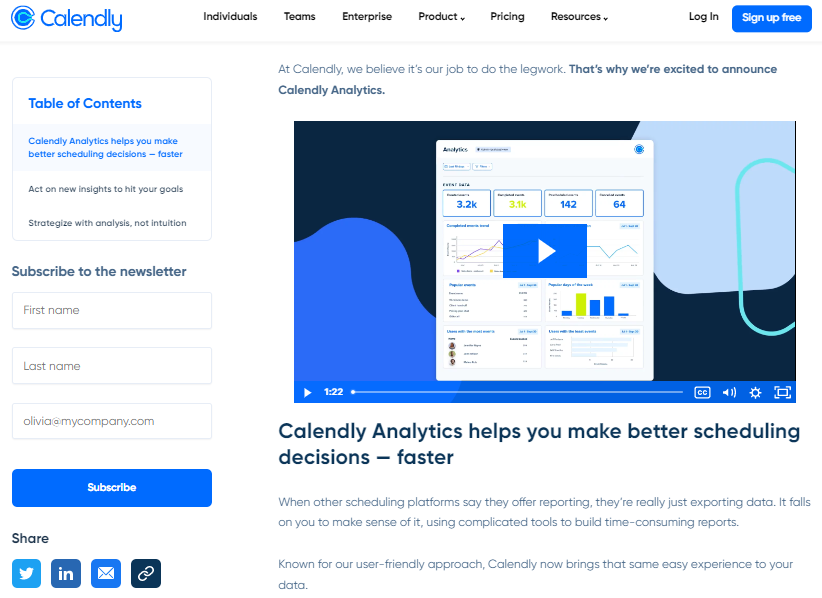
Social Media
Use social media to create hype around your product changes. Since most of your users use social media, it’s a way to engage them where they are. Social media provides the added bonus of reaching potential users too. Remember to modify your message to suit each platform.
- Twitter threads should be short and snappy with powerful hooks.
- LinkedIn and Facebook posts could be short to medium length. Add images, videos, or gifs to make your post pop.
- YouTube Shorts, Instagram Reels, and TikTok require engaging, short, and snappy videos.
An example is how Slack used LinkedIn to announce a new feature. The video was less than 15 seconds long, yet attracted over 120 reactions and 11 reshares.
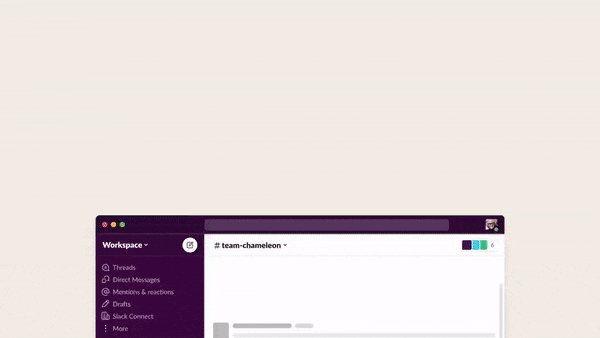
Other channels
There are other channels you can take advantage of to reach your audience.
Product Hunt
PH is home to more than 5 million active users. You can use the platform to generate a buzz around your product, appeal to a broad audience, and get new leads. You can even be featured in the PH newsletter if your launch gets enough traction.
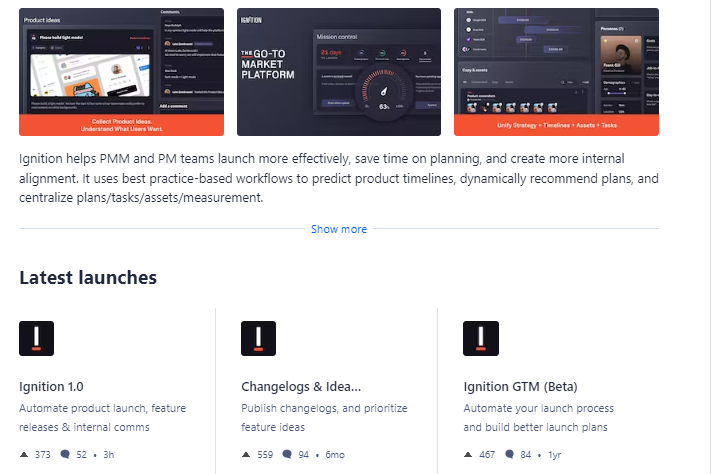
Webinars
Webinars take more time to organize, but they can be an effective tool for teaching users about the different use cases of your new features step-by-step. This engagement instantly showcases your feature’s value to users and drives adoption.
Best tool for announcing new features in 2023
ReleaseLog is a slick and simple changelog tool designed for SaaS startups to send out beautiful feature announcements and product updates to their users in minutes. It’s perfect for busy founders and PMs who want to keep their users engaged.
With a user-friendly interface and an easy-to-use editor, you can write, review and publish your release notes and customize your changelog to fit your brand identity. You can get started in less than 5 minutes today at ReleaseLog.
